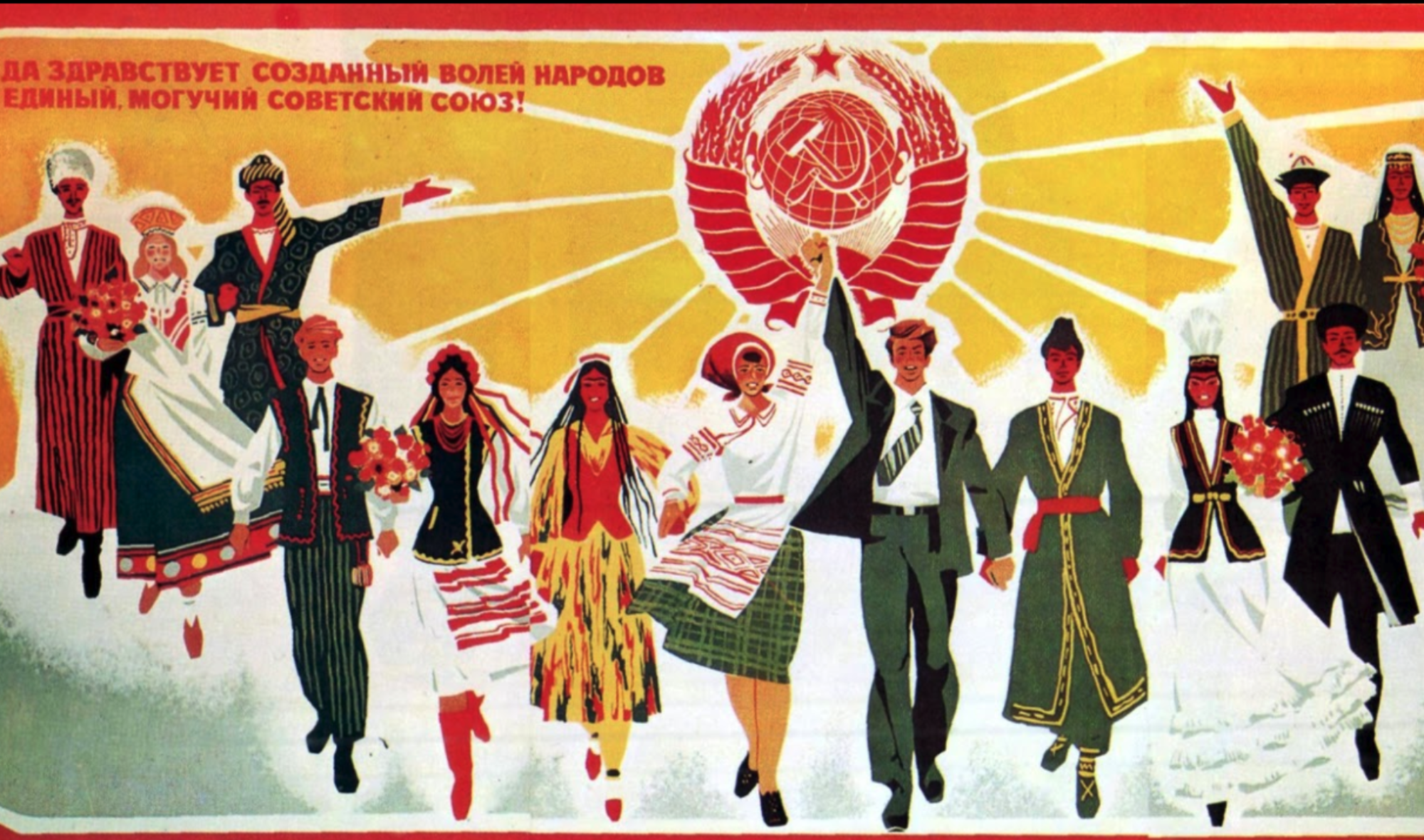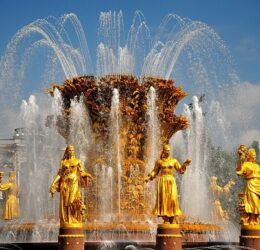In the chapter of Portrait of Lenin, “Carpets and National Culture in Soviet Turkmenistan” the authors discuss the cultural and economic changes to Turkmenistan once the Soviet Union gets involved. The once practical and artful carpets made by Turkmen women are transformed into a solely artistic economic endeavor. (Something I found to be interesting compared to the very much anti-traditional art movements in the West) The Soviet Union’s signature mix of respective national newspapers and books were created. As well as an overall theme of socialist messages in said nationality’s language. Moreover, the Soviet Union reviewed areas of Turkmenistan culture that they deemed to be outdated, such as oppressive traditions towards female Turkmen. Most importantly, these nations were remade in a way that was inspired by Russian culture and society- modern and Western in some ways. The authors state, “Because Soviet nations were supposed to be modern and socialist, however, the communist leaders in Moscow took it upon themselves to decide which customs and traditions were acceptable and which were ‘backward’ and ‘exploitive’ and therefore destined for elimination” (Kivelson and NNeuberger, 182). Continually, in the “impressionist” documentary directed by Victor Turin, Turksib, the story of the Turkmenistan economy in the eyes of a Russian filmmaker is transcribed. The film chronicles cotton farmers transitioning into industrial work on a railroad.
Questions:
- Is it right or okay for one nation to eliminate aspects of another nation’s culture that the first nation deems to be oppressive towards a group of peoples? i.e. veiling and polygamy
- How are the cultural changes involving Turkmen women and their autonomy different than cultural changes done onto general areas of Turkmenistan culture? Are the actions taken by the Soviet Union towards women admirable? Or should they just stay out of all other nations’ businesses?
- What is significant about the carpets’ change from a practical and artful object to a purely artful one?
- In regards to the film, how does the filmmaker develop mood throughout the documentary?

